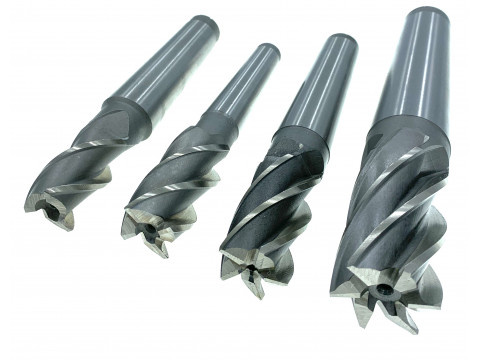Milling cutters are one of the main consumables in milling and engraving production. Negligence in the handling of cutting tools leads not only to a rapid deterioration of cutters, but also to a drastic drop in overall production levels, and to an increased risk of machine failure.
-
First of all, the workpieces and products to be machined must be securely clamped to the machine.
-
be sure to select cutting tools strictly according to the machining conditions, the material of the workpiece and the task at hand. Geometry of the cutter, design of the groove for chip evacuation, type of machining (roughing, finishing, engraving, milling, 3D machining, etc.), and the material being machined itself are all very important parameters for a competent choice of tool. The right tool guarantees minimal vibration during work, which means that the strength and integrity of the cutter is preserved, swift and clean chip evacuation is ensured, and the milling machine is protected from possible damage and shocks.

-
Select the right mode of operation on the milling machine (focusing on specific production conditions) - otherwise tool wear will be rapid. A quality choice of machine operating mode ensures that chips do not stick to the cutter - one of the most unpleasant phenomena in the milling process.
-
Take care of a proper tool cooling system. Especially if you work with hard materials (stone, metal, inorganic glass, etc.) - in this case air blowing is recommended
-
Strictly follow the manufacturer’s recommendations for the cutting tool!
-
Keep the milling cutter clean (clean the tool from carbon deposits, chips in time).
-
If the cutting edges of the cutter are blunt or its geometry changes, it is possible to resharpen the tool on specialized machines or even manually.

